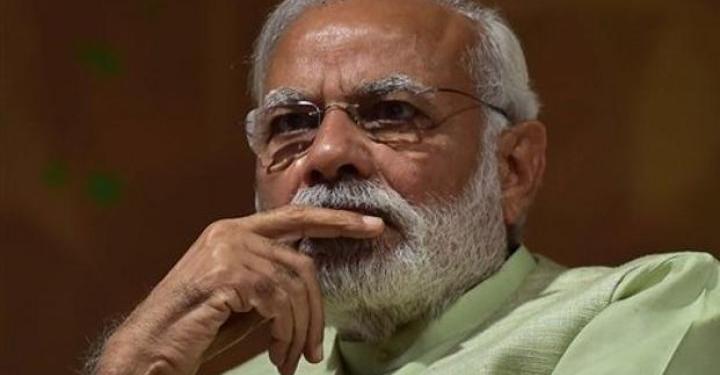After the Congress’ victory in three states of the Hindi heartland i.e. Rajasthan, Madhya Pradesh, and Chhattisgarh- the Lutyens’ media is in overdrive to project that the results of the state elections will have a direct impact on 2019 general elections in favour of the Congress in these states. It’s quite naive to extrapolate state election results to predict the general elections.
Firstly, the state elections and Lok Sabha elections are a whole different thing altogether. State assembly elections are limited to local issues that differ from constituency to constituency while the issues are more encompassing in nature during the Lok Sabha elections. BJP swept Delhi by winning all 7 Lok Sabha seats in 2014 general elections, but was completely routed in the Delhi state elections held barely a few months after the general elections.
Secondly, the Lok Sabha elections in states cease to be about the local faces but a showdown between the PM aspirant and the incumbent PM. In case 2019 turns out to be a direct confrontation between PM Modi and Rahul Gandhi, the former will enjoy a complete dominance over the latter in terms of popularity, credibility and experience. PM Modi has turned Indian elections into presidential-style elections and in case he is pitted against Rahul Gandhi, it will be smooth sailing for him.
While situations may be a little different during assembly elections, PM Modi enjoys an overwhelming advantage over all other PM aspirants. PM Modi is the most popular leader of the nation and one of the very few whose popularity has never taken a hit. In an online survey carried out by ‘The Indian Political Action Committee’ (I-PAC), 48 per cent respondents preferred Prime Minister Narendra Modi as the leader who would take the ‘agenda of the nation’ ahead. On the other hand, Rahul Gandhi got 11% votes whereas Delhi CM Arvind Kejriwal occupied the third spot with 9.3% of votes.
In a major survey conducted by the Dailyhunt, PM Modi emerged as the most popular leader across India. It was one of the largest and most comprehensive digital political surveys in India. 63 per cent of the respondents expressed more or similar levels of trust in Narendra Modi as they showed in 2014. BJP had come at the helm of affairs in 2014 on account of a massive ‘Modi wave’ and Dailyhunt’s survey suggests that PM’s support base is still intact.
In India Today’s Mood of the Nation (MOTN) survey, PM Modi emerged as the clear favorite to be the next prime minister of India. His popularity ratings stood at 49 percent followed by that of Rahul Gandhi with 27 per cent.
All these surveys drive home the fact that PM Modi is still the most popular leader. Even in the last year of his tenure, Prime Minister Modi’s popularity is showing no sign of decline, in fact his popularity has only increased.
In the recently concluded state assembly elections, the three states of Hindi heartland where the BJP lost, the popularity rating of PM Modi remained exceedingly high. It is clearly evident in of the popular electoral slogans of Rajasthan- Modi Tujhse Bair Nahi, Vasundhara Teri Khair Nahi.
And there is a third reason as well – except for Chhattisgarh, BJP fared pretty well in the other 2 states. Political pundits were predicting a complete washout in Rajasthan and a pretty average vote percentage in MP. In Madhya Pradesh, Shivraj Singh Chouhan while fighting 13 years of anti-incumbency, gave Congress a bloody nose and almost won it for the BJP. In MP, BJP polled 0.1 per cent votes than the Congress. The saffron party received the larger vote share and margin of defeat was just 4,337.
In Rajasthan, the Congress failed to decimate the BJP. The grand old party ended up with 99 seats and 39.3 per cent vote share. BJP managed to win 73 seats with 38.8 per cent vote share. The difference of vote share between Congress and BJP is just 0.2 per cent in Rajasthan.
The NOTA factor did the BJP in. On as many as 11 seats in MP BJP’s margin of defeat is less than that of NOTA’s vote share. Around 1.5 per cent of the total voters went for the ‘none of the above’ in Madhya Pradesh.
For more details: Eleven constituencies where NOTA defeated BJP in Madhya Pradesh
The moot point here is that the assembly numbers indicate localized issues and not wider disenchantment both in MP and Rajasthan. However, the case will be completely different in 2019 Lok Sabha elections. In a battle between PM Modi and Rahul Gandhi or PM Modi and the rest, PM Modi is bound to emerge victorious. The very notion that BJP’s loss in the state elections will have a direct bearing on the general elections is wishful thinking of the secular cabal!


































